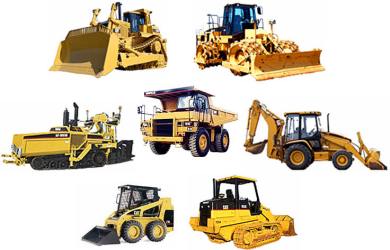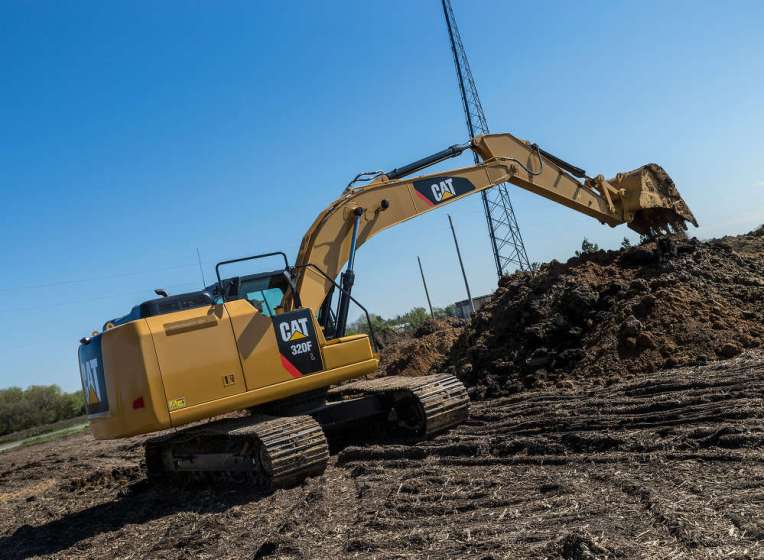After Goods and Services Tax (GST) bill passed in the Parliament, the e-commerce and logistics companies will now need huge numbers of warehouses across the country, which will lead to fetch huge investment to set-up number of warehouses in the country. The demands of warehousing in the country have increased in last few years after the emergence of e-commerce business.
As we know, rising number of warehousing will require huge amount of material handling equipment for placing and carrying the goods to one place to another and avoids the damages. Therefore rising number of warehousing in the country will drive further demand of material handling products and manufacturers are likely to see better sales in coming years as more warehouses will start coming up in India.
Passage of GST Bill will now encourage e-commerce, manufacturing companies, Logistics companies to shift to advanced and big size of warehouses across the country. As government allowed 100% FDI (Foreign Direct Investment) in warehouses, would also encourage the foreign players to get into the construction of warehousing. Earlier warehousing was only limited to metro and big cities, now the demand would shift to tier-II and tier-III cities as well, which could lift the sale of popular material handling equipment like Forklift, Conveyors and other.
Property consultant JLL India’s report said, “The existing, top warehousing hubs are Delhi-NCR, Mumbai, Pune, Bengaluru, Chennai, Hyderabad, Kolkata and Ahmedabad. These eight city hubs put together had a cumulative supply of organised Grade-A and Grade-B warehousing space of around 97 million sq ft in 2015 and this is expected to grow to around 116 million sq ft by the end of 2016.”
It further adds GST will result in emergence of new hubs like Belgaum, Bhubaneshwar, Coimbatore, Goa, Guwahati, Indore, Jaipur, Kolhapur, Lucknow/ Kanpur, Ludhiana, Nagpur, Patna, Raipur, Ranchi, Vapi and Vijayawada.
Last month, Amazon India has opened its biggest fulfilment centre in Sonipat, Haryana, the warehouse covers the area of 200,000 sq. ft, and this is Amazon India’s 22nd warehouse in the country. Recently Mr. Ram Vilas Paswan, Minister of Consumer Affairs, Food & public Distribution announced that Central Railside Warehouse Company (CRWC) has planned 10 new warehouses at rail heads. The more warehousing comes up in the country, the sale of material handling products will jump.
As per the media reports, Asia’s leading provider of sustainable urban solutions company, Ascendas-Singbridge Group planned to put separate fund to invest in warehousing segment in India. The company would set up Logistics Park on 50 to 100 acres of land in the vicinity of major cities. There were also reports that, Dutch pension fund manager APG and U.S based company Warburg Pincus are also planning to invest in modern warehouses in India, the investment in warehousing indicate the future requirement of equipment in India in coming years.
Due to rising number of warehousing in India, various material handling products such as Forklift, Conveyors, Stacker, Hand pallet truck, electric towing truck, Movable Dock, Crane, Shelves and other different machinery sell would jump in near future.
As per the report of CARE Ratings, the Indian logistic industry is projected to grow at a Compound Annual Growth Rate (CAGR) of 15-20% during FY16-FY20, the rapid expansion of logistics industry is directly proportional to the rise of warehousing sector.

 Infrastructure investment and construction activities on ground mainly roads and highways have brought the construction equipment industry on track after a gap of four years. All the international and domestic research companies and industry experts have projected the positive growth in heavy equipment industry.
Infrastructure investment and construction activities on ground mainly roads and highways have brought the construction equipment industry on track after a gap of four years. All the international and domestic research companies and industry experts have projected the positive growth in heavy equipment industry. People associated with the construction industry are aware that this industry requires huge sums of money for smooth running the business. From small developers to big infrastructure companies often look for the way to reduce the cost of the business and make more profit.
People associated with the construction industry are aware that this industry requires huge sums of money for smooth running the business. From small developers to big infrastructure companies often look for the way to reduce the cost of the business and make more profit. ining sectors, the more infra and mining activities takes places the demand of tipper will go up automatically.
ining sectors, the more infra and mining activities takes places the demand of tipper will go up automatically.